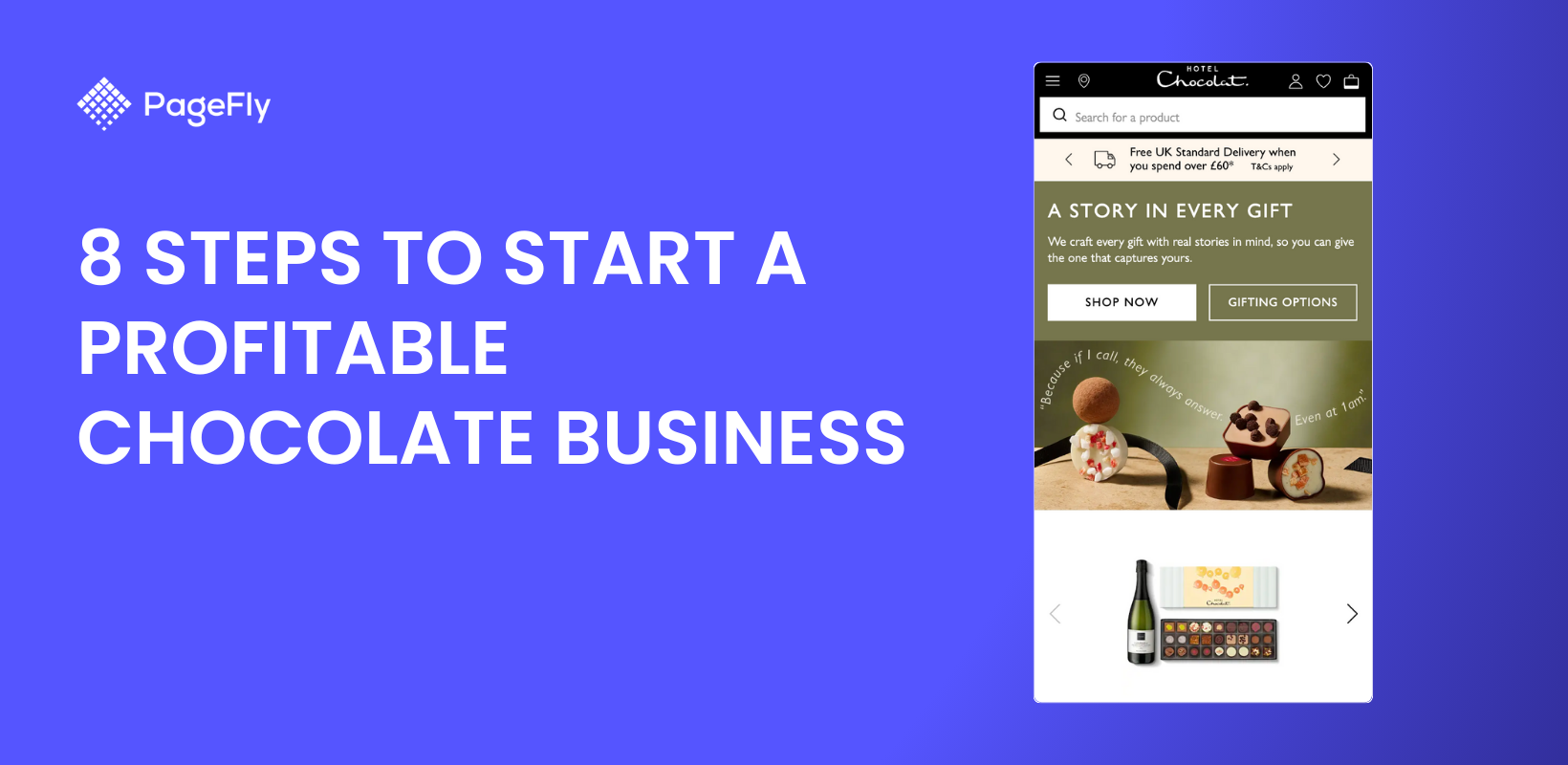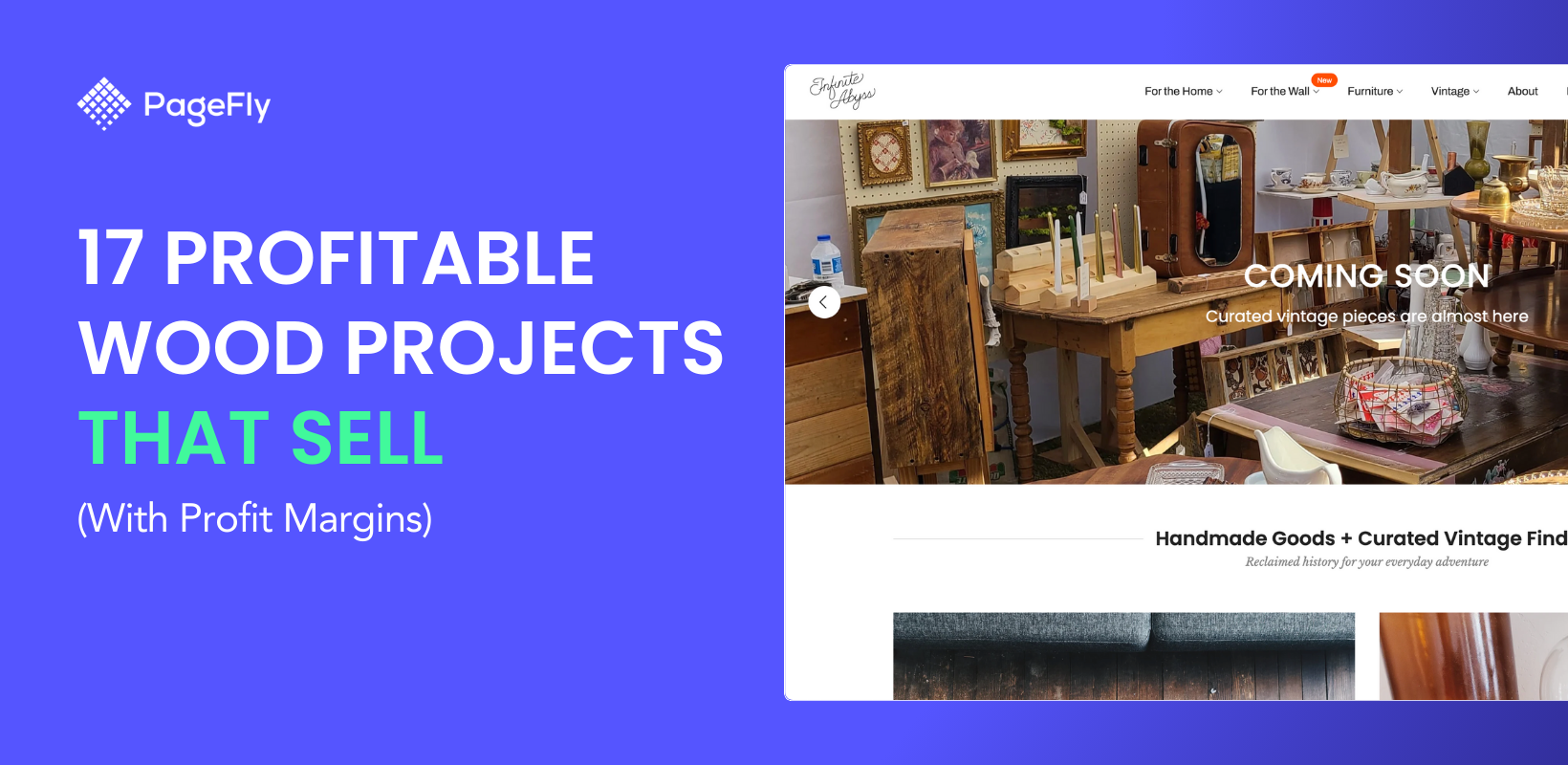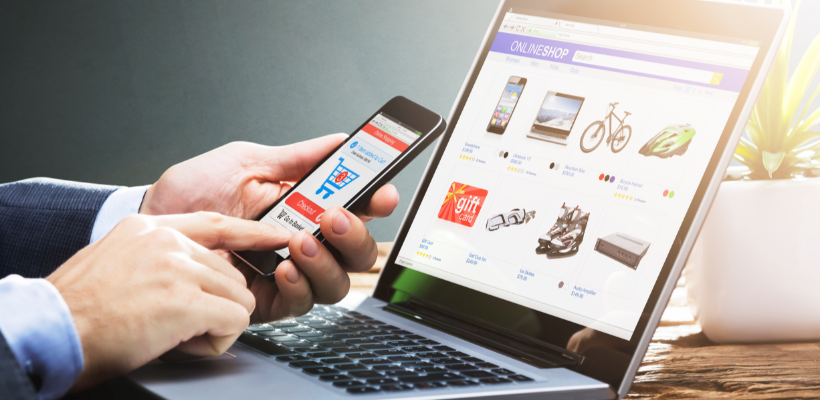As an e-commerce store owner or a retailer, you would probably already know the journey of a product. Until a few years back, this was somewhat linear, moving systematically from manufacturers to distributors to wholesalers before finally falling into the hands of retailers.
But this is not the case anymore, as the lines are blurring, with many brands sidestepping the "traditional" and "conventional" ways of selling to customers. The involvement of multiple layers of the supply chain is reduced for more efficiency, leading to the direct selling of products from distributor to retailer to customer.
But wait! Does this mean the roles of retailers have changed? What is new or different now?
As a new and upcoming e-commerce entrepreneur, you would be confused about how the supply chain works now, and in this article, we will explore the business model in detail, define the roles, their differences, and much more.
Wholesaler-Distributor-Retailer: Roles Explained
The supply chain consists of various middlemen, and the most often confused roles in it are distributors, retailers, and wholesalers. So, let's dive into each of them separately and understand their independent roles and their key responsibilities.
Who is a Distributor?

Source: istockphoto.com
A distributor purchases products directly from manufacturers and sells them to wholesalers or retailers. They hold an important role in the 'A to Z distributor' process, overseeing a large inventory of products (and sometimes a lot more activities in the modern direct distributor to retail business model), and currently have a broader reach compared to wholesalers.
Distributors often carry out the following:
- Purchase products in large quantities from manufacturers.
- Manage logistics and transportation of goods to the next stage in the supply chain, often wholesalers and sometimes retailers.
- Set pricing strategies aim to cover costs and ensure profitability.
- Offer marketing support sometimes to promote the products they are distributing.
- Sometimes, distributors also store the products, handling temporary inventory to ensure a steady supply to wholesalers or retailers.
For a better perspective on "who can be a distributor?", we can take examples like Sysco - a popular distributor when it comes to food products, and they distribute their products to restaurants, healthcare, and educational facilities, among others. Even Anheuser-Busch InBev, one of the world's largest beer companies, supplies popular beer brands globally, making them a great example for distributors.

Who is a Wholesaler?

Source: pexels.com
A wholesaler operates a step down in the supply chain from distributors, buying products in large quantities from distributors and selling them in somewhat smaller volumes to retailers. They form a middle ground in the wholesaler-distributor-retailer chain, ensuring a more streamlined commerce flow.
A wholesaler does the following:
- Purchase large volumes of products from distributors.
- Breaks these bulk or large purchases into smaller quantities suitable for retail.
- Create relationships with a network of retailers, understanding their needs and demands.
- Stores products in warehouses, ready to meet the demands swiftly.
Some of the popular wholesalers that you would have heard of include Costco, one of the largest wholesalers in the US, and Sam's Club, a retail warehouse club operating under Walmart, providing products in bulk at reduced prices.
Who is a Retailer & Where Do Retailers Get Their Products?

Source: pexels.com
A retailer is the endpoint in the wholesaler-distributor-retailer chain, selling products directly to the consumers. To answer the question - “Where do retailers get their products?” it could be directly from a wholesaler, distributor, or in the case of direct-to-consumer brands, it comes from manufacturers directly. They are the faces consumers associate with the products by procuring goods either from wholesalers or distributors.
Functions of a retailer could include:
- Selling products directly to the end consumers, either through physical stores or online stores and platforms.
- Setting retail prices that cover necessary costs and earn a profit.
- Provides customer service, including after-sales services.
- Displays and promote products to attract consumers.
Read more: Omnichannel Retailing Strategy: The Key to Success for Retailers
We are sure you don't need examples for retailers, as it could be your next-door clothing store or even your own store! And some of the biggest e-commerce online stores, like Amazon, are also retailers.
Understanding the Supply Chain: Who Comes First?

Source: pinterest.com
Before we go ahead and understand the differences between a distributor, retailer, and wholesaler in detail, let's set the scene and understand the supply chain first, what the journey looks like, who comes first, and why.
Products Move from Manufacturers to Distributors
At the onset, we have the distributors, and we know that they operate closely with manufacturers who create the products using the raw materials they procure. They also often have the exclusive rights to market and sell products in specific regions, serving as the direct point of contact for potential buyers further down the supply chain, such as the wholesalers and occasionally retailers or the consumers themselves.
Distributors buy products in large quantities from manufacturers, and this decision, along with their distribution strategy, is heavily influenced by their deep insights into industry trends and product specifics.
And they are great marketers, too! They strategically market products to the next tier in the supply chain, which, if it is a direct distributor, would sell directly to retailers. This is not an uncommon practice anymore and is often seen in the automobile and technology industries.
On the other hand, in the indirect distribution strategy, there are more people involved, which is usually the wholesalers and retailers.
Wholesalers Buy from Distributors
Wholesalers take over next in the traditional supply chain business model and procure a diverse range of products in large volumes from distributors. As they are buying directly from the distributors, they often secure good discounts and a varied portfolio to offer to retailers. Wholesalers tend to deal with more than one product. For instance, you won't be able to find a distributor that only sells bath oils. They would offer a wide range of products in the same segment, so as a retailer, wholesalers become your one-stop solution.
Retailers Sell to Consumers
Finally, at the end are the retailers, and they introduce the products to the end consumers. They could be sourcing products directly from the distributors or the wholesalers and are constantly seeking the most competitive pricing. In fact, direct-to-consumer brands are simply retailers who skip the line and buy products directly from the manufacturers and sell them to the customers.
Since retailers are the face of the supply chain, understanding and catering directly to consumer needs is a critical step for them.
Difference Between Distributor, Retailer, and Wholesaler

Source: canva.com
While we've touched upon the basic definitions of distributors, wholesalers, and retailers, understanding what distinguishes them is crucial for any budding retail store owner. Let's break it down aspect by aspect:
Aspect | Distributor | Wholesaler | Retailer |
Volume of Transactions | Large yet infrequent transactions. Source products in immense quantities from manufacturers to supply to wholesalers. | Frequent, medium-sized transactions. Buy in bulk from distributors, sell in smaller batches to retailers. | Numerous small transactions daily with consumers. |
Inventory Volume | Require larger storage facilities or warehouses due to extensive inventories. | Substantial inventory curated based on demand trends, seasonal variations, and retailer feedback. | Tailored inventories, stocking only products that will resonate with the customer base. |
Pricing Structure | Acquire products at base prices from manufacturers. Markup informed by logistics and storage costs. | Purchase comes with volume discounts. Mark up prices considering sorting, storage, and distribution costs. | Incorporate all prior costs, logistics, and operational costs in the final pricing seen by consumers. |
Value Addition | Offer a comprehensive range of products and handle large-scale logistical challenges. | Break down large quantities into manageable batches for retailers. | Curate, showcase, and market products for the end consumer. |
Relationships | Center around manufacturers for consistent supply and wholesalers who demand large stock quantities. | Maintain relationships with distributors for regular stock inflow and with retailers to understand their stock needs. | Focus on relationships with end consumers for understanding their needs and with wholesalers for a steady flow of products. |
Wholesalers vs. Distributors: Which One Should You Choose as a Retailer?

Source: canva.com
Now that you know who comes first in the supply chain, let’s not forget to answer the ultimate question many retailers like you think about - Should I buy from a wholesaler or a distributor directly? To answer this question, we have created the following table:
Buying from Wholesalers | Buying Directly from Distributors |
Retailers can benefit from the wide array of products wholesalers have, saving both time and administrative costs. | Retailers aiming for exclusive products that are not available through wholesalers would prefer to buy directly from distributors. |
Wholesalers allow purchasing in smaller quantities, making it a more feasible option for small retailers without vast storage spaces. | Large retailers with more substantial capital might prefer buying in bulk directly from distributors to avail of volume discounts. |
Wholesalers offer competitive pricing due to high-volume purchases from distributors, passing some savings onto retailers. | Buying directly from distributors facilitates a closer relationship, potentially offering better support and transparency in business dealings. |
Making a choice in this regard as to whether buying from a distributor would benefit you better or not also comes with many more considerations. As a retailer, you definitely need to look into the following before making a decision:
- Business scale and strategy: Your choice between wholesalers and distributors would largely depend on the scale of your business and your long-term strategy. For instance, startups and small businesses might find wholesalers more accommodating, while if you are an already established business, then you might prefer direct distributor ties.
- Market dynamics and consumer preferences: Keeping a finger on the pulse of market dynamics and understanding consumer preferences is more important than ever now. If your consumer base leans towards exclusive, hard-to-find items, having ties with distributors might be beneficial.
- Supply chain resilience: Building relationships with both wholesalers and distributors can enhance supply chain resilience, ensuring a steady flow of products even if one channel faces disruptions.
Implications of a Structured Chain on the Market
Understanding the relationships in the supply chain is essential for anyone venturing into the retail or wholesale business. Here are some of the market implications of this supply chain:
- Efficiency: The existence of both wholesalers and distributors ensures that products can reach the end consumer through multiple channels, increasing market efficiency. Depending on their needs, retailers also get the flexibility to choose their source.
- Price fluctuations: The more layers there are in the supply chain (manufacturer to distributor to wholesaler to retailer), the higher the final price might be for the consumer due to markups at each stage. However, each layer also adds value in terms of services, logistics, marketing, and more.
- Market withstanding power: Multiple layers in the supply chain also mean resilience. If one route fails or faces issues, there are alternative pathways to ensure the product reaches the consumer.
Benefits Driven Through a Manufacturer, Distributor, and Retailer (From a Consumer Perspective)
Navigating this complex chain of buying can be complex, but understanding the benefits each sales channel offers can be enlightening. Let's check out some of the advantages consumers can reap from distributors, retailers, and even wholesalers.
Consumer Benefits of Buying from a Retailer

Source: istockphoto.com
Tailored Shopping Experience
Retailers often provide a boutique experience. For instance, when you step into a brick-and-mortar store or browse an e-commerce site, items are displayed in a manner that's curated just for you. Many online retailers even use algorithms to showcase products based on your browsing history. Such meticulous curation ensures that you're shown products that align with your tastes and preferences.
Genuine Brand Connection
Buying directly from a brand's official store or website ensures that you're getting the real deal. When brands deliver consistently, they're not just selling a product; they're selling an experience – and that's something invaluable.
Immediate Gratification
One undeniable advantage of buying from a retailer is the immediacy. If you want a product now, you can walk into a store, buy it, and take it home. No waiting for shipping or dealing with potential delivery issues.
Consumer Benefits of Buying Wholesale

Source: istockphoto.com
Cost-Effective
Wholesale is a thriving business. In fact, B2B e-commerce reached a whopping $687.8 billion in December 2022, up 7.3% from 2021. The primary reason for buying wholesale is the attractive pricing. How many times have we fallen for the tagline "Wholesale Prices"? When you purchase directly from a wholesaler, you're essentially bypassing the middleman, which means you evade the additional markups that retailers might add. It's all about getting more for your buck!
Bulk Availability
If you're someone who likes to stock up on your favorites, wholesalers are the way to go. They often have a vast inventory, ensuring that products are available in larger quantities. This means fewer trips or orders when you need to buy in bulk.
Consistent Quality
Wholesalers maintain a uniform quality of products as they source directly from manufacturers or primary distributors. This consistency means that every time you buy a product, it matches the quality standards you expect.
Read more: Wholesale Price Formula: The Key To Profitable Discounted Sales
Consumer Benefits of Buying from Manufacturers

Source: istockphoto.com
Direct Pricing Advantage
When consumers buy directly from manufacturers, they sidestep the various middlemen markups. This ensures that consumers get the most competitive prices, paying largely for the product's actual value rather than additional overheads or profit margins that retailers or distributors might add.
Customization at Source
Manufacturers, being the origin of production, often have the capability to customize products, especially when requested in bulk or special orders.
For consumers who value unique specifications or tailored features, this means they can get products designed to their exact preferences.
Unparalleled Transparency
Purchasing directly from the source provides an unfiltered view of the product's origin, materials used, and production practices. Consumers are increasingly concerned about sustainability, ethical production, and authenticity, and direct purchases ensure clarity and confidence in one's buying decisions.
If you are looking to find a reliable manufacturer or supplier for your products, do checkout the video below:
If you are wondering why distributors don't sell directly to customers, it's because, for them, the end customer would be a retailer or a wholesaler. Selling directly to customers is an uncommon practice. For example, Sysco sells directly to restaurants, which is their customers, and not the customer who comes to dine-in. Simply because it's the retailers who usually ensure the products coming in from the distributors are ready for purchase.
Conclusion
Piecing together the roles of distributors, wholesalers, and retailers can be a bit like solving a puzzle. But hey, if you're diving into the world of commerce, it's a puzzle worth solving. Whether you're launching a new venture or refining an existing one, always base your decisions on a clear understanding of the supply chain. Equip yourself with this insight, carefully select your partners, and continuously review your approach.







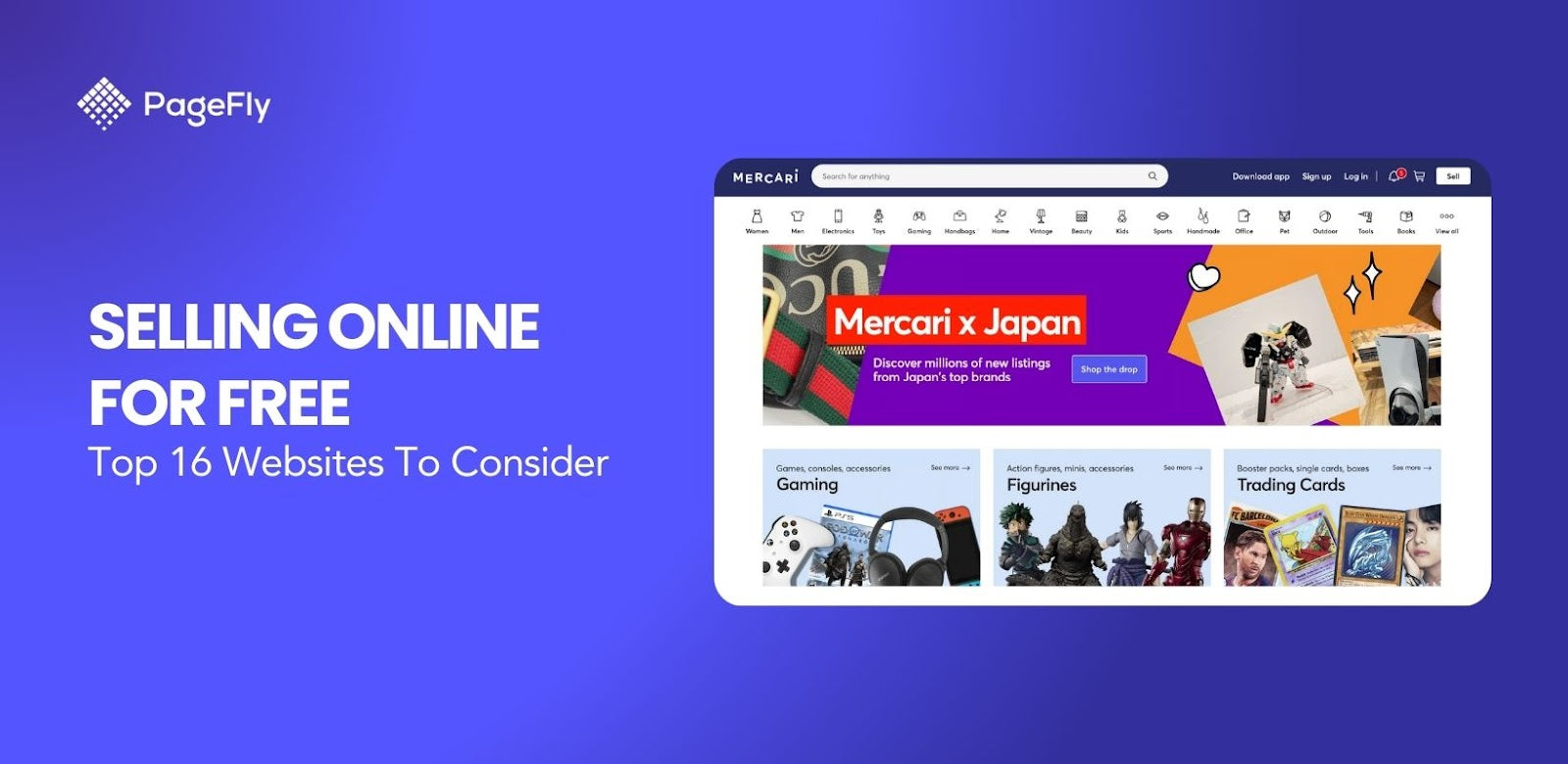
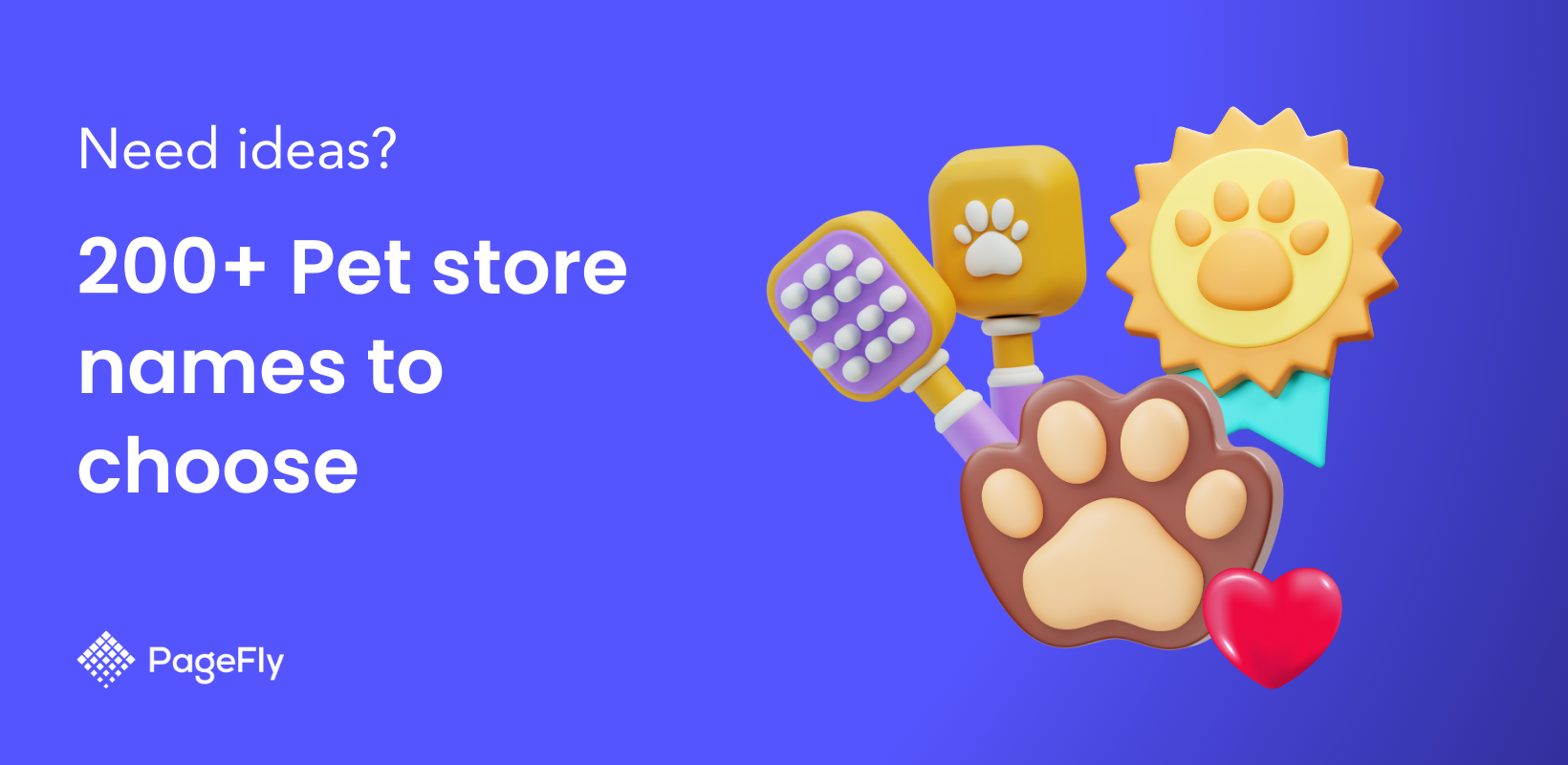
![14 Profitable Small Food Business Ideas for 2025 [Real Numbers]](http://pagefly.io/cdn/shop/articles/1_58b587d2-13db-4aa6-8c19-e40f5c88d3eb.jpg?v=1758255771&width=4460)
![Art Business Names: 350+ Ideas + Free Generator [2025 Updated]](http://pagefly.io/cdn/shop/articles/art_business_name_e94a54e9-d325-4ba3-94ab-7b4297952312.png?v=1760062968&width=1640)

